Recently, the Vietnam Livestock Association has sent a document to the Ministry of Natural Resources and Environment to provide comments on the amendment and supplement to Decree No. 06/2022/ND-CP regulating greenhouse gas mitigation and ozone layer protection, including the addition of livestock sectors and facilities to the list of areas subject to greenhouse gas inventory.
According to the Vietnam Livestock Association, reducing greenhouse gas emissions and protecting the ozone layer is the right policy of the State to realize commitments to reduce greenhouse gas emissions and combat global climate change.
However, compared to developed industrial countries, Vietnam's space for greenhouse gas emission reduction is still quite large, with many fields that can participate, ensuring that Vietnam will achieve its commitments on greenhouse gas emission reduction, such as mining, steel, construction, transportation, afforestation, rice cultivation, etc.
These fields have both potential and high profits, and are supported by the State, such as afforestation or the project of intensive cultivation of 1 million hectares of quality rice and emission reduction in the Mekong Delta.
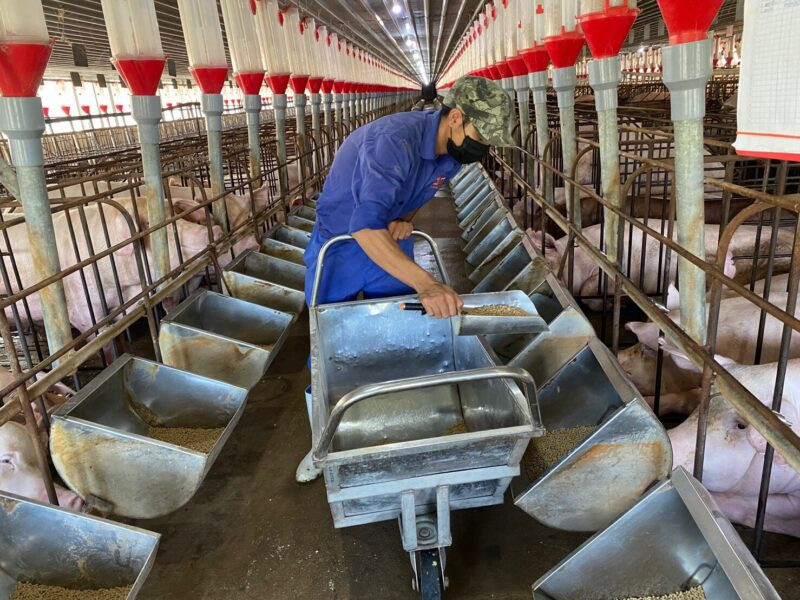
Meanwhile, livestock production in our country is a sector facing many difficulties compared to other economic sectors and compared to the livestock sector of developed countries. Therefore, putting livestock facilities on the list of greenhouse gas inventories at this time is not appropriate, not feasible, and there is no sharing from the State with the sector facing too many risks in integration.
Accordingly, the Vietnam Livestock Association pointed out a series of shortcomings if greenhouse gas inventories were immediately applied to livestock farms.
Specifically, it increases production costs and increases the price of domestic livestock products, which are currently very high compared to developed countries. Because, just counting the cost of inventory activities, each livestock farm loses from 100-150 million VND annually; not to mention that these farms must comply with annual greenhouse gas reduction quotas.
If not achieved (basically not achieved), violations will be handled, causing many difficulties for breeders and giving rise to unnecessary negative effects.
In addition, the number of livestock facilities is very large. Except for dairy farms and pig breeding farms directly managed by companies and corporations with good management and technical staff who can carry out inventory techniques and strictly apply greenhouse gas emission reduction processes; most of our livestock farms in production do not meet this requirement.
TH Group's experience over the past 4 years shows that the first 2 years of implementing greenhouse gas inventory activities at farms were very difficult, despite large investments and direct guidance from foreign experts, the Vietnam Livestock Association cited.
Currently, the number of domestic service organizations and experts with sufficient qualifications and experience to guide the inventory and control measures of greenhouse gases in the livestock sector is very small, and training is needed.
For the above reasons, the Vietnam Livestock Association proposes that the Ministry of Natural Resources and Environment not include livestock farming sectors and facilities in the list of greenhouse gas inventories in the current period, at least from now until 2027.
The delay allows management agencies, service units and breeders to have more opportunities to familiarize themselves with, acquire appropriate knowledge and technology, renovate barns and prepare resources to be able to implement these very new and complex issues.

Source: https://vietnamnet.vn/hiep-hoi-chan-nuoi-phan-ung-viec-kiem-ke-khi-nha-kinh-o-trang-trai-chan-nuoi-2279175.html


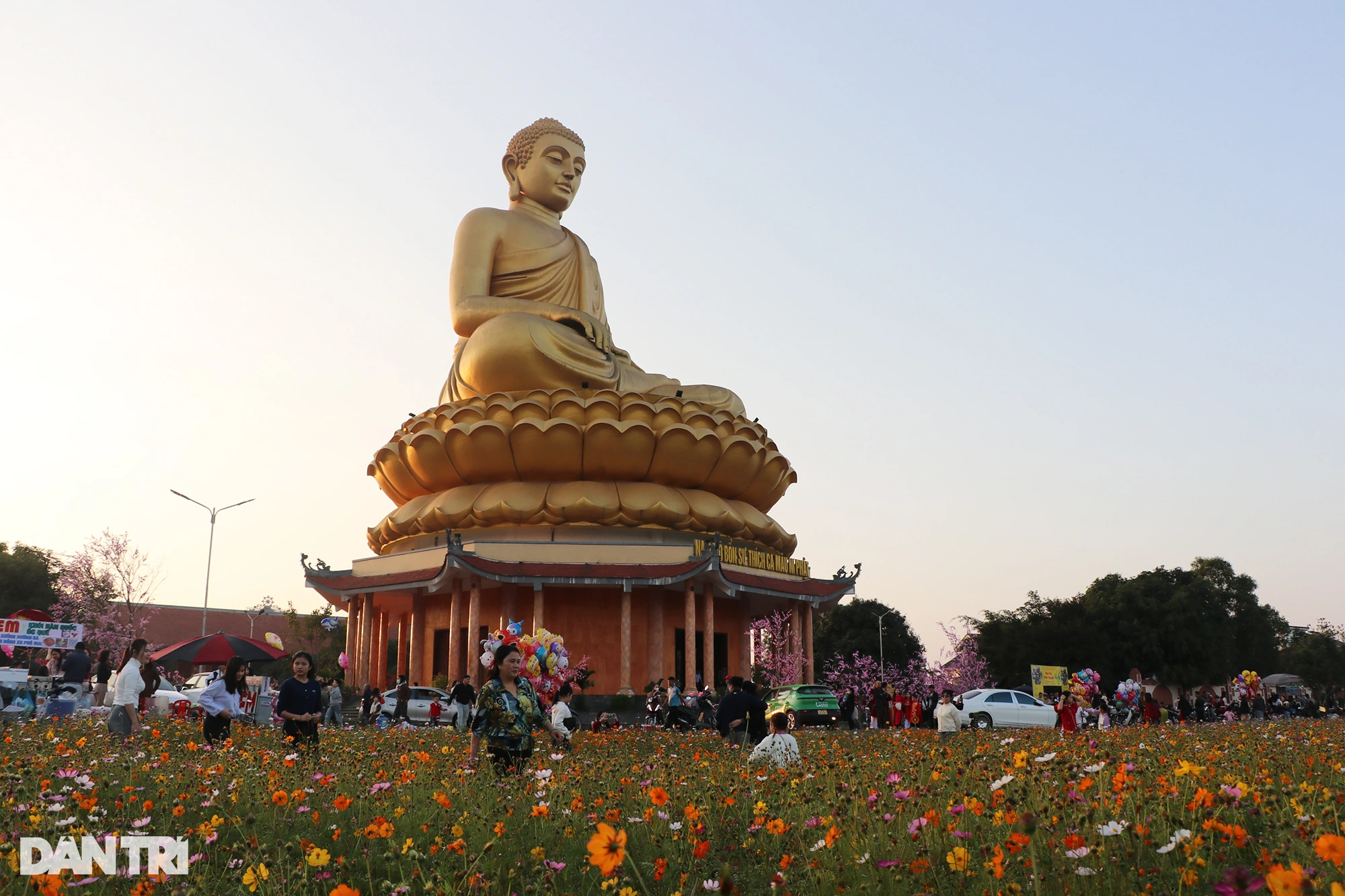



















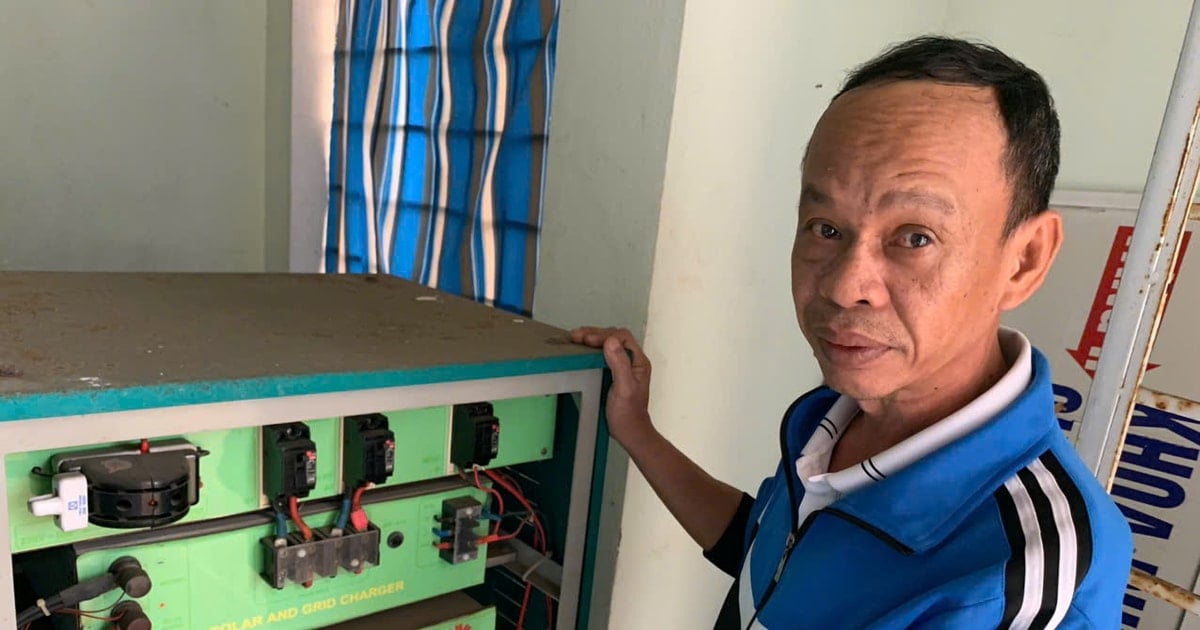
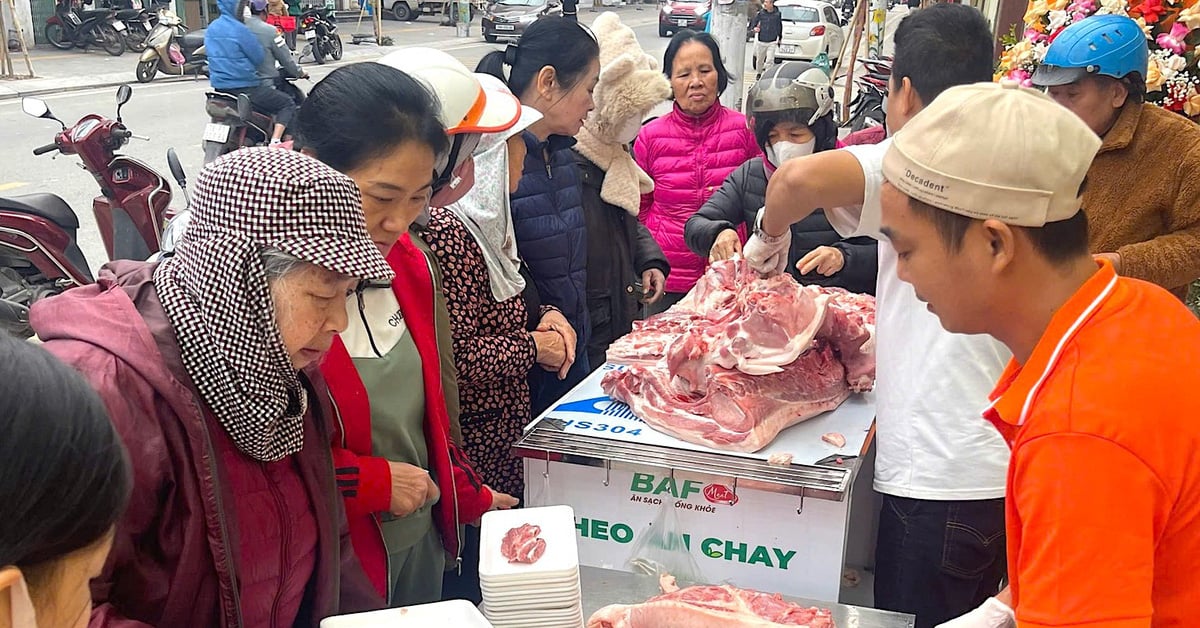

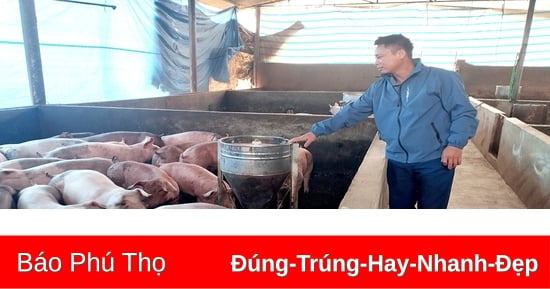
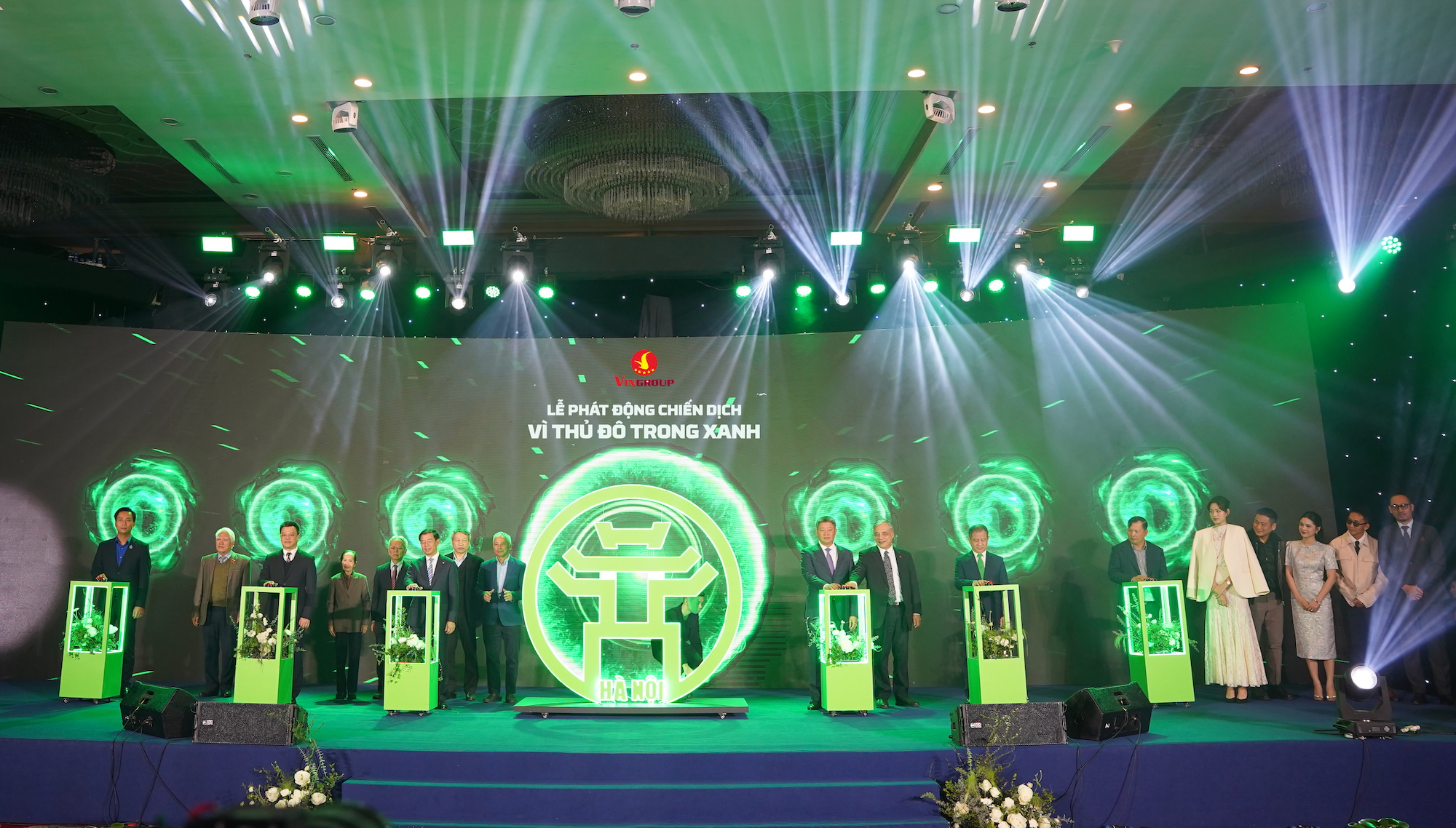

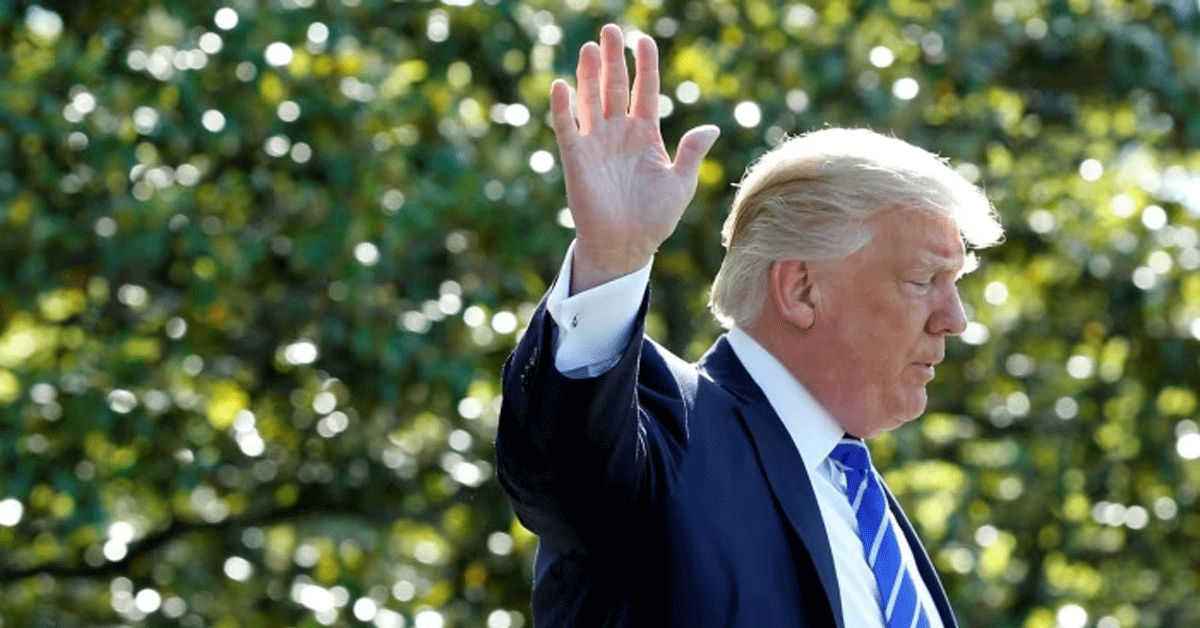
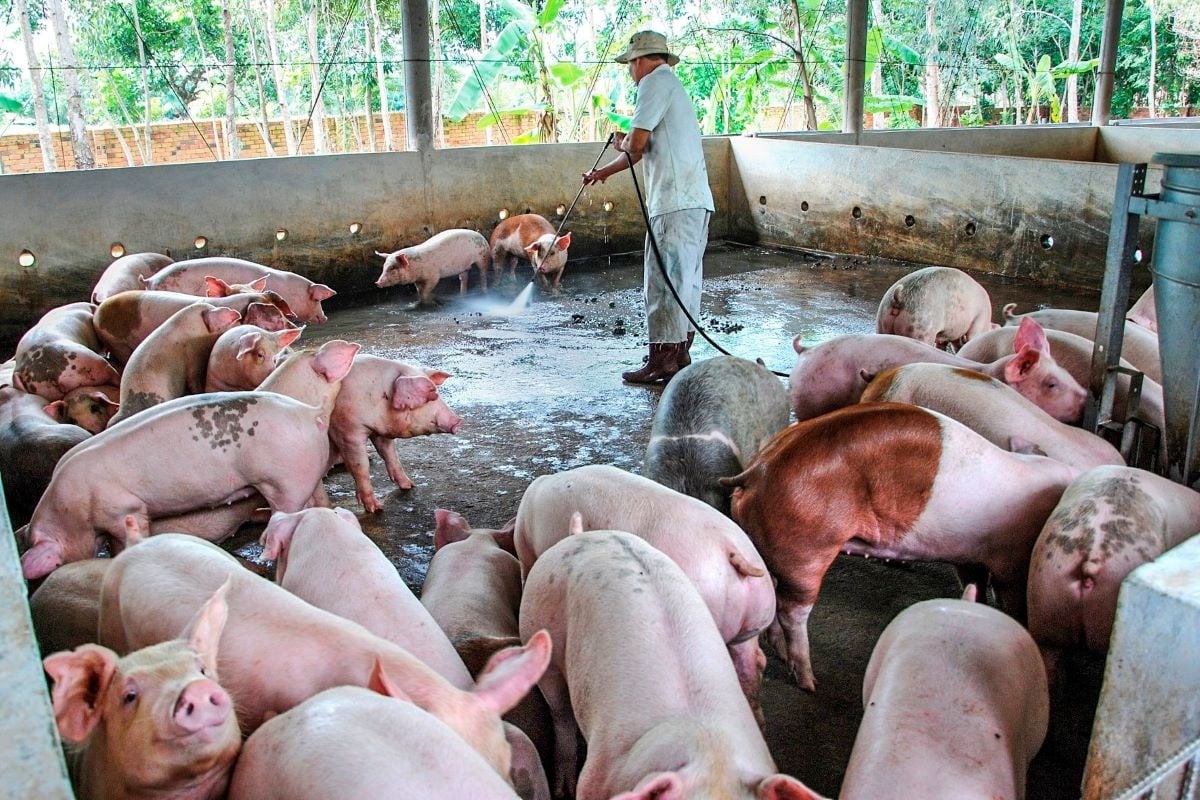
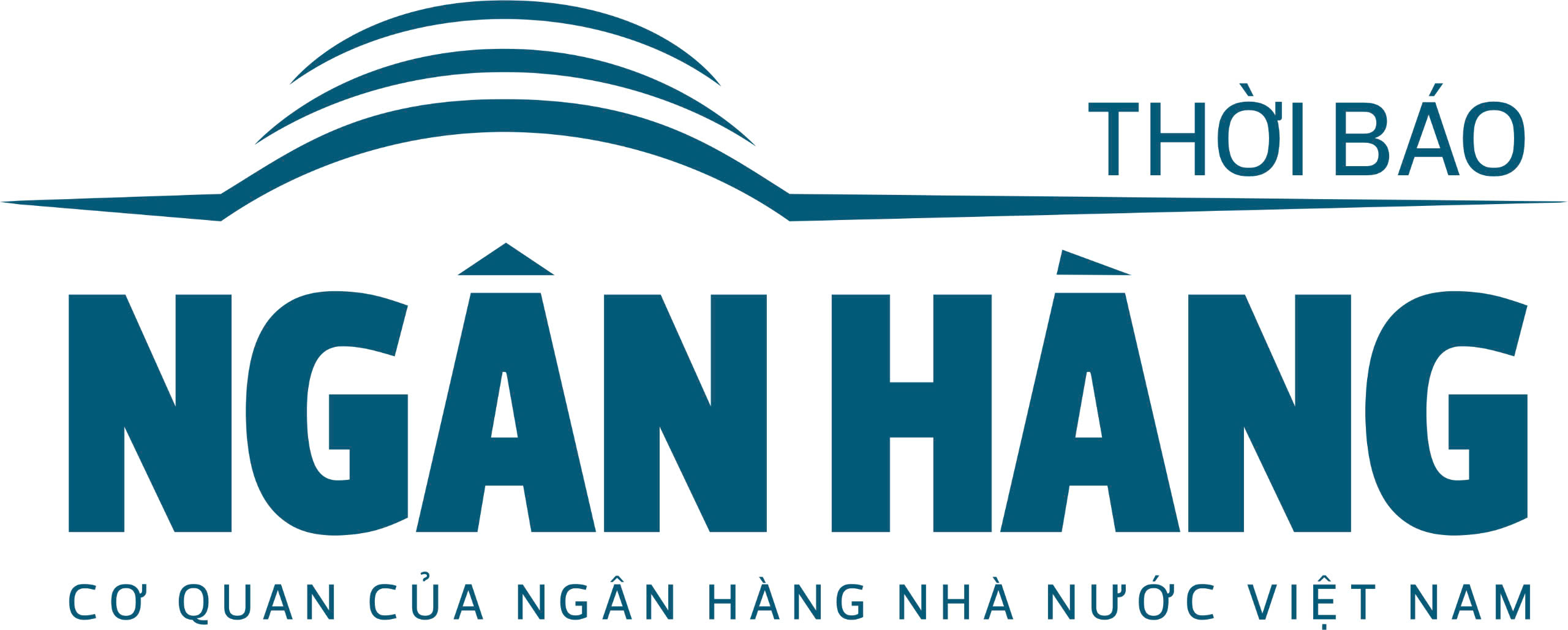



























Comment (0)